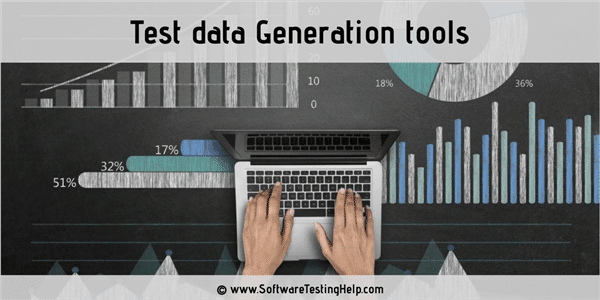

Specify a statistical distribution for random values Script Spark SQL table creation statement for dataset Use SQL based expressions to control or augment column generation Values optionally with weighting of how frequently values occur Generate column data from one or more seed columns Generate column data at random or from repeatable seed values Specify numeric, time and date ranges for columns Specify number of Spark partitions to distribute data generation across
Fake data generator generator#
The data generator includes the following features: Start with an existing schema and add columns along with specifications as to how values are generated Generate a synthetic data set adding columns according to specifiers provided Generate a synthetic data set for an existing Spark SQL schema. Generate a synthetic data set without defining a schema in advance The Databricks Labs Data Generator is a Python Library that can be used in several different ways: Under 2 minutes using a 12 node x 8 core cluster (using DBR 8.3) In minutes with reasonable sized clusters.įor example, at the time of writing, a billion row version of the IOT data set example listed later in the documentĬan be generated and written to a Delta table in Runtime, and you can use it from Scala, R or other languages by definingĪs the data generator is a Spark process, it can scale to generating data with millions or billions of rows It has no dependencies on any libraries that are not already included in the Databricks Or generally manipulated using the existing Spark Dataframe APIs.

With the generated data, it may be saved to storage in a variety of formats, saved to tables As the output of the process is a Spark dataframe populated It uses the features of Spark dataframes and Spark SQL The Databricks Labs data generator (aka dbldatagen) is a Spark based solution for generating Getting started with the Databricks Labs Data Generator ¶ Using the Databricks Labs data generator.

Contributing to the Databricks Labs Data Generator.Generating Change Data Capture (CDC) data.A more complex example - building Device IOT Test Data.Adding dataspecs to match multiple columns.Creating data set with pre-existing schema.Create a data set without pre-existing schemas.


 0 kommentar(er)
0 kommentar(er)
